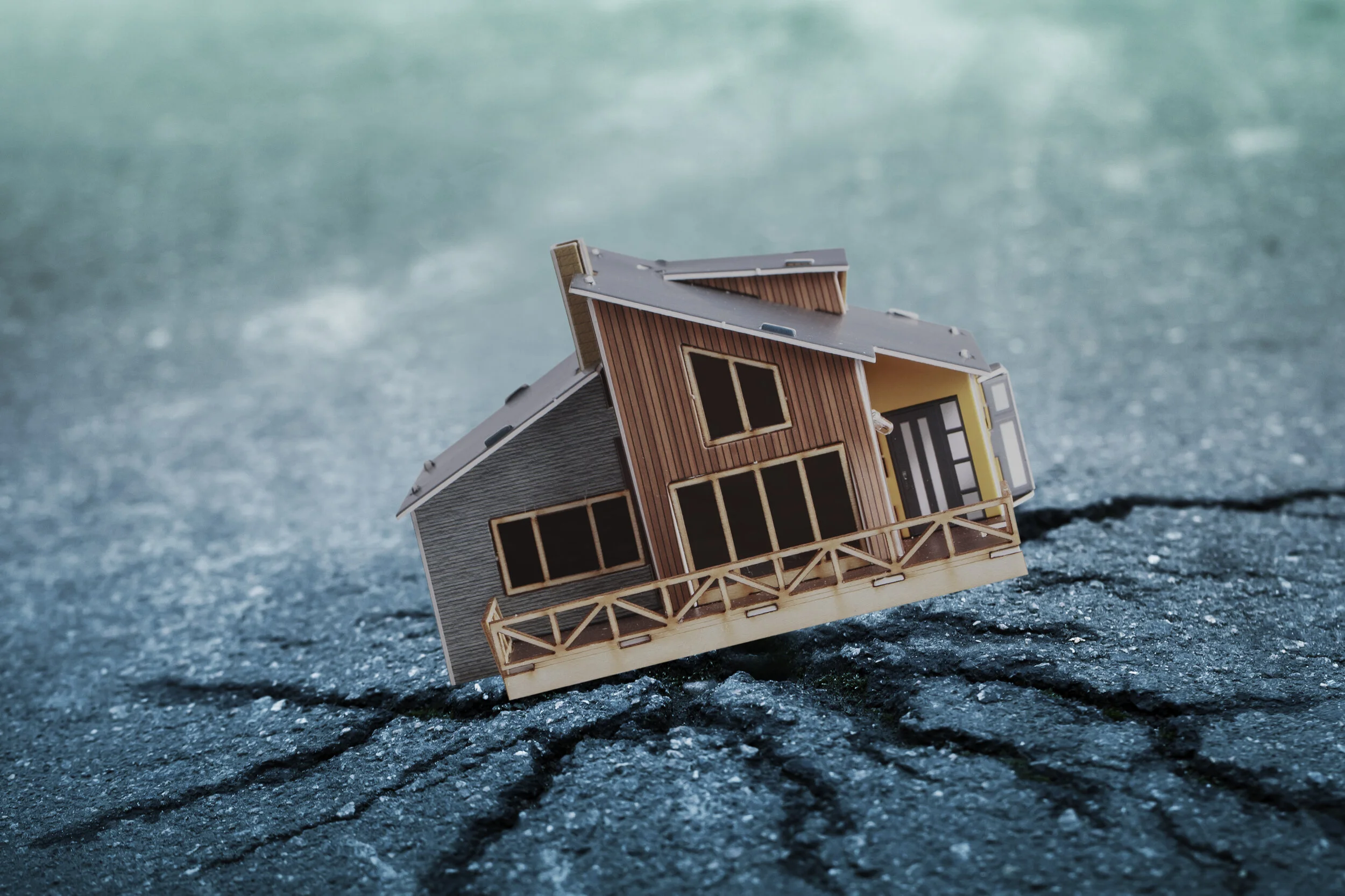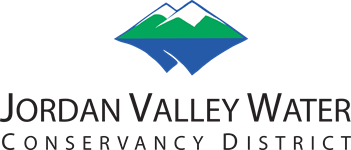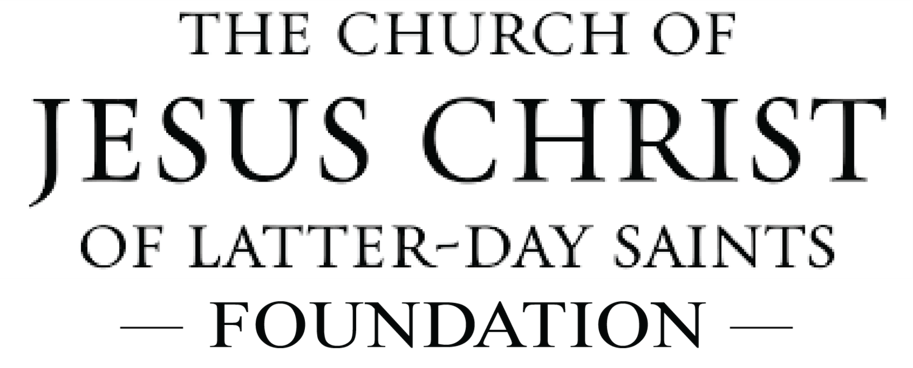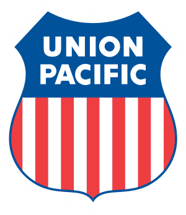utah has a high risk of a major Earthquake disrupting the state’s economy and impacting the lives of millions. our challenge is to make utah resilient enough to survive, adapt, and eventually thrive following an earthquake.
The Potential Catastrophe
Utah’s natural climate and geography put it at a high risk of a major disaster disrupting the state’s economy and impacting the lives of millions.
FEMA has called the Wasatch Fault “one of the most probable catastrophic natural threat scenarios in the U.S.” The Wasatch Fault has a 43% chance of experiencing a 6.75 or greater magnitude earthquake in the next 50 years, and experts project that such an event would be among the deadliest disasters in U.S. history.
A major earthquake would also leave hundreds of thousands of Utahns without shelter while interrupting power, water, sewer, and road service for most of the population—potentially for months. When major natural disasters have occurred, many places in the world and in the U.S. have taken years, even decades, to recover—if they recover at all.
Now is the Right time to Become More Resilient
The Your Utah, Your Future effort told us more than anyone has ever known before about what Utahns want for the future of our state. Utahns want to substantially improve the state’s disaster resilience so they can feel safe, decrease stress, and reduce the likelihood that they or their children will have to move away from Utah if a disaster occurs and the economy suffers. They also want to be able to recover quickly and return to their normal lives.
The opportunity is ripe for an Envision Utah process due to the 2020 Magna earthquake, the 2022 National Conference on Earthquake Engineering in Salt Lake City, and the 2023 Resilient Wasatch Initiative (FEMA Region VIII’s top priority). The four-year seismic upgrades to the Salt Lake City Temple also serve as a powerful symbol of recognizing the threat and acting. Envision Utah is facilitating and coordinating efforts across agencies to improve resilience so that the disaster impacts are less catastrophic to begin with.
Envision Utah’s Role
2021 Update
Envision Utah’s steering committee kicked off in August 2020. After refining ideas for more specific working groups, four topics were selected as the most critical: Homes & Buildings, Lifeline Infrastructure, Development Planning, and Messaging & Communication.
The first three working groups convened in February and March of 2021 to establish a baseline for the current state of resilience and identify major areas of concern. Through late spring and summer, Envision Utah has met with stakeholders and experts to conduct research on existing challenges and the feasibility of various strategies. Envision Utah compiled a project list of water and sewer that increase the resilience of our system. The list was submitted to the legislature in time for the May 2021 special session.
Strategies cover Utah’s greatest risks including wildfire, earthquake, and flooding. A final report with disaster resilient strategies is expected to be released in Spring 2022.
Envision Utah has partnered with the Utah Seismic Safety Commission to present seismic recommendations during the 2022 Legislative Session to address the most urgent vulnerabilities. The recommendations are:
Invest in seismic improvements for the four major aqueducts that bring water to the Wasatch Front
Significantly limit the danger to tens of thousands of Utah children who attend school in seismically unsound buildings
Increase the public awareness of the high risk from Utah’s 140,000 URM buildings
Ensure adequate building code enforcement for large/important buildings
Invest in a feasibility study for an Earthquake Early Warning System
THANK YOU TO OUR FUNDERS













